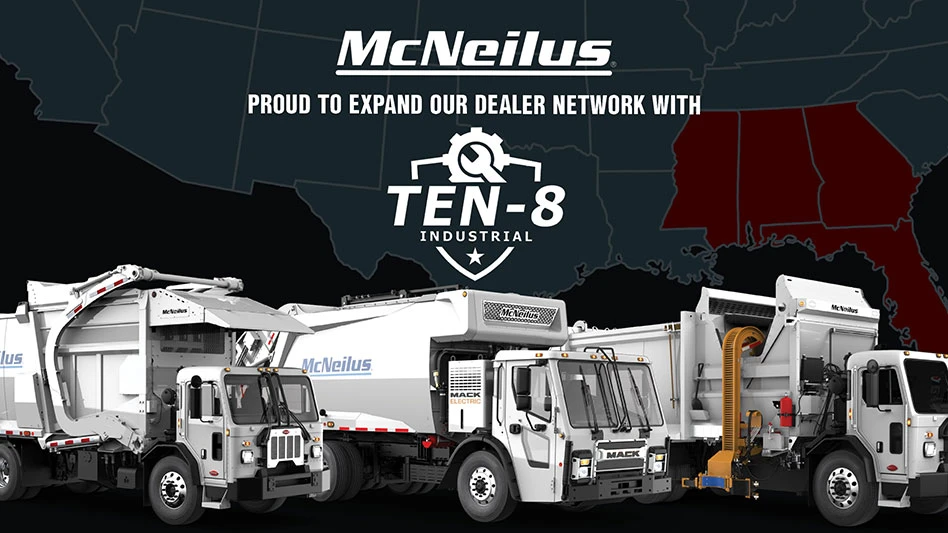Unless you live under a rock, it is clear that recycling is under fire these days. With media article titles like “Recycling is Garbage” and “Recycling Industry Faces ‘Nationwide Crisis,’” it is hard not to think that the U.S. is having difficulty with recycling.

Many reasons are given to explain the current struggles with recycling: low commodity prices; China’s Green Fence; lack of domestic markets; contamination; processing costs; and contracts not aligned with market risk. Part of the struggle also is the failure of education and outreach to significantly change the behavior of people and businesses.
According to the U.S. Environmental Protection Agency (EPA), recycling (including composting) as a percentage of municipal solid waste generation, has stagnated at approximately 34 percent since 2009.
While the tonnage of recycling has increased, so has the amount of waste generated. This is happening all across the U.S. Even in California, considered a leader in recycling, the 2015 recycling rate was the lowest it has been since 2010.
But there is another reason why recycling is stagnating: the evolving ton. Twenty years ago, the waste stream was much different. Newspapers were widely in print. Glass and metal containers were used for many food products. Plastic bottles were thicker and heavier. Electronic tablets were not mainstream.
Since 1994, as a percentage of waste composition by weight, paper is less than half of what it used to be. Glass is 15 percent less in composition. Plastics have increased in composition by close to 50 percent.
But what does this mean for recycling? The recyclables collected from residents and businesses are of lighter weight. Although we may be trying to improve our recycling quantities, the recyclables generally do not weigh as much.
It goes without saying that many people across the U.S. are working hard to improve our solid waste management programs. But when it comes to defining the success of our integrated solid waste management systems, recycling rate is often immediately referred to as a key metric.
Recycling rate is most often defined as the tons of materials recycled divided by the tons of solid waste generated. Tons over tons.
Is a recycling rate the best way to judge the success of our solid waste management programs? It clearly should be a part of it, but many other factors should be considered in the recipe for success. Factors such as landfill diversion, energy production, greenhouse gas emissions avoidance, costs and jobs.
And this is where waste to fuels/energy can help. Waste-to-fuels/energy clearly improves these factors.
As solid waste managers, we need to change the way we define success.
We need to define success in ways that reflect the true impacts of solid waste management and the needs of our society. We need to move toward a definition of success that reflects the tenets of sustainability including social, environmental and economic aspects and helps create a more circular economy and jobs for America. And when we consider waste-to-fuels/energy in our integrated solid waste management systems, I expect we will achieve greater success.


Explore the September 2016 Issue
Check out more from this issue and find your next story to read.
Latest from Waste Today
- IEG appoints Ty Rhoad to chief revenue officer
- Veralto invests in Axine Water Technologies
- Meridian Waste announces promotions and new hires
- Neste, Air Canada sign SAF supply agreement
- Municipal Waste Management merges with Collective Waste Solutions
- AMP names CEO
- Oregon DEQ rejects CAA’s second draft plan
- Texas Disposal Systems opens C&D recycling facility





